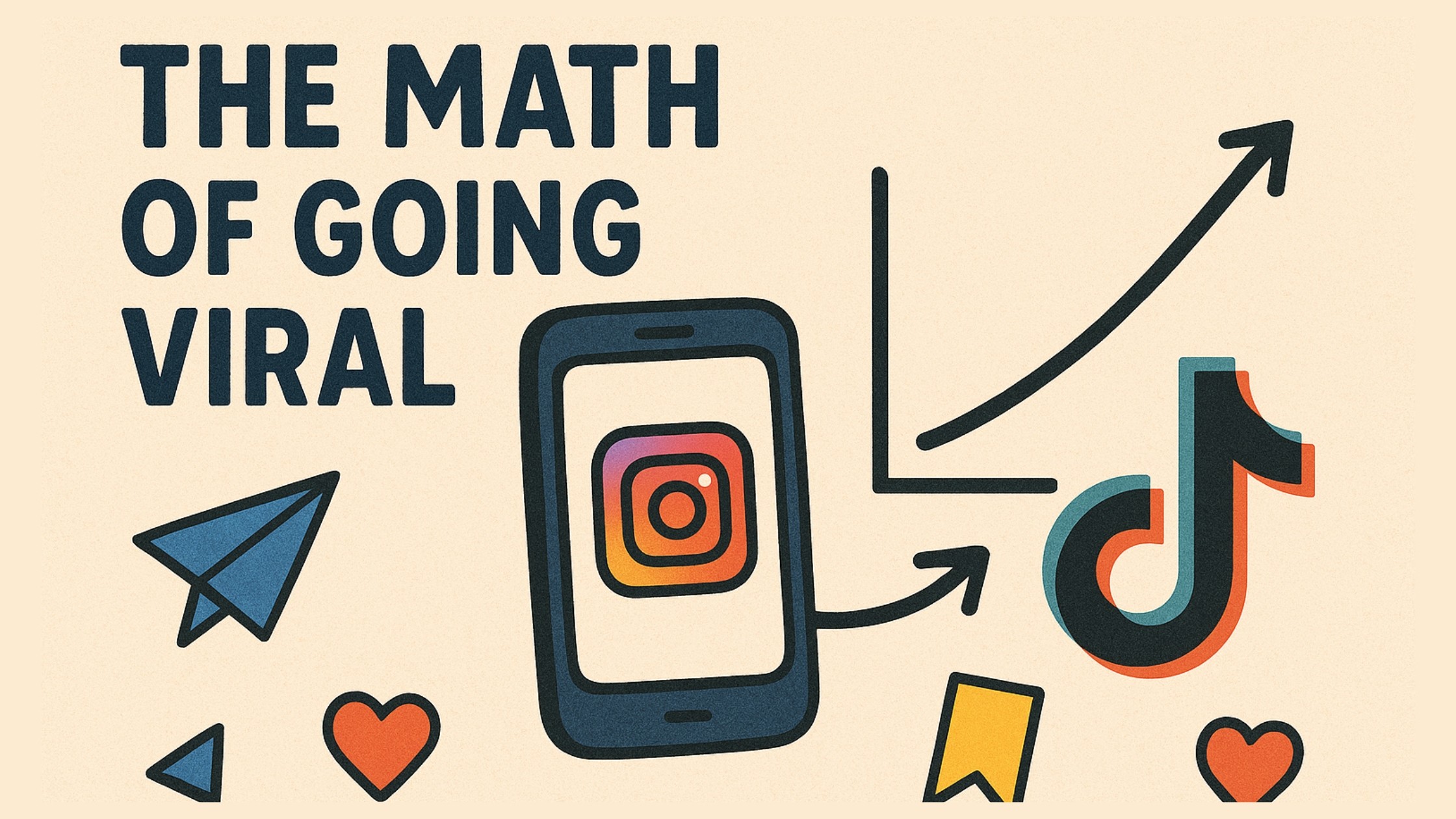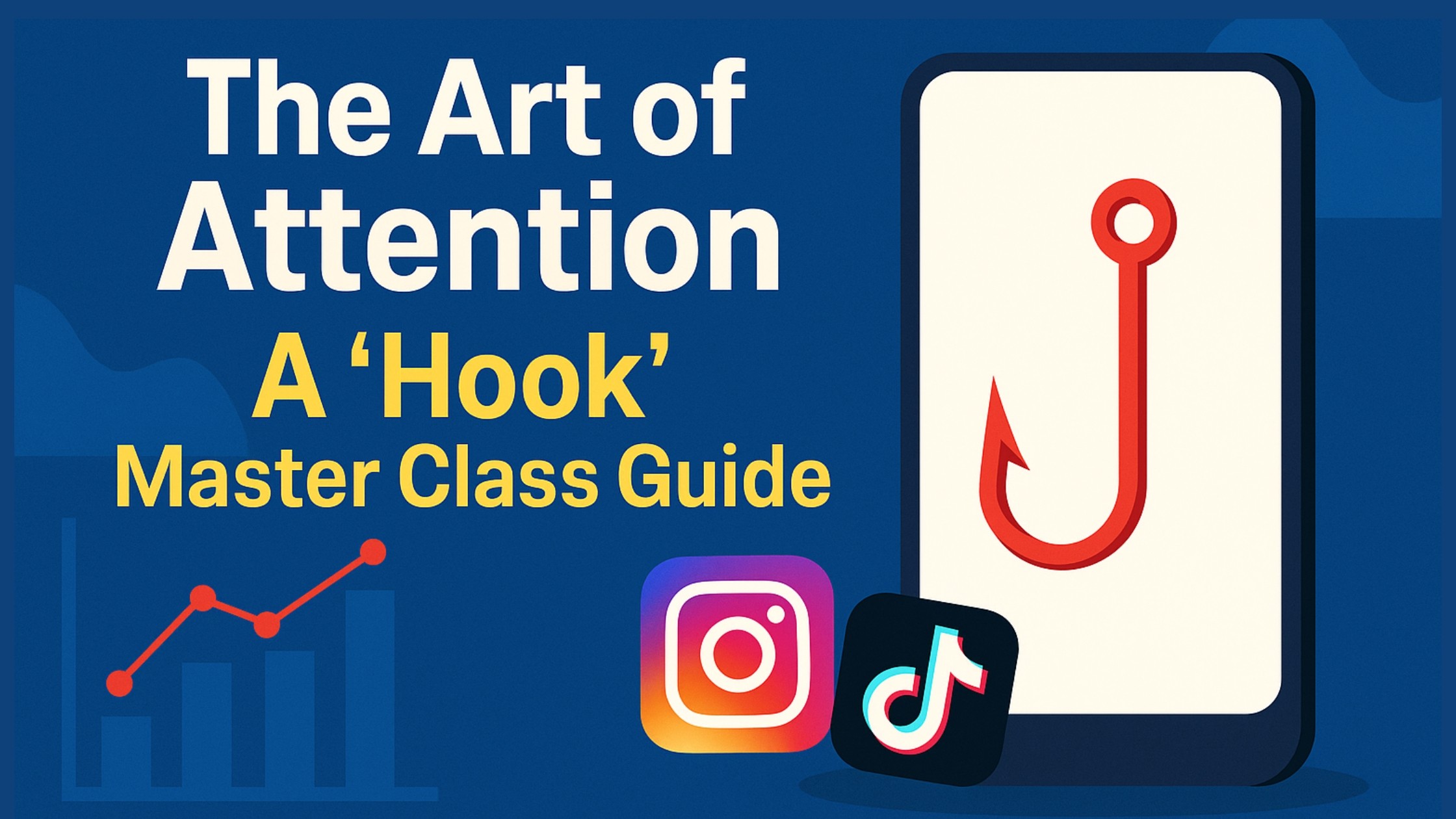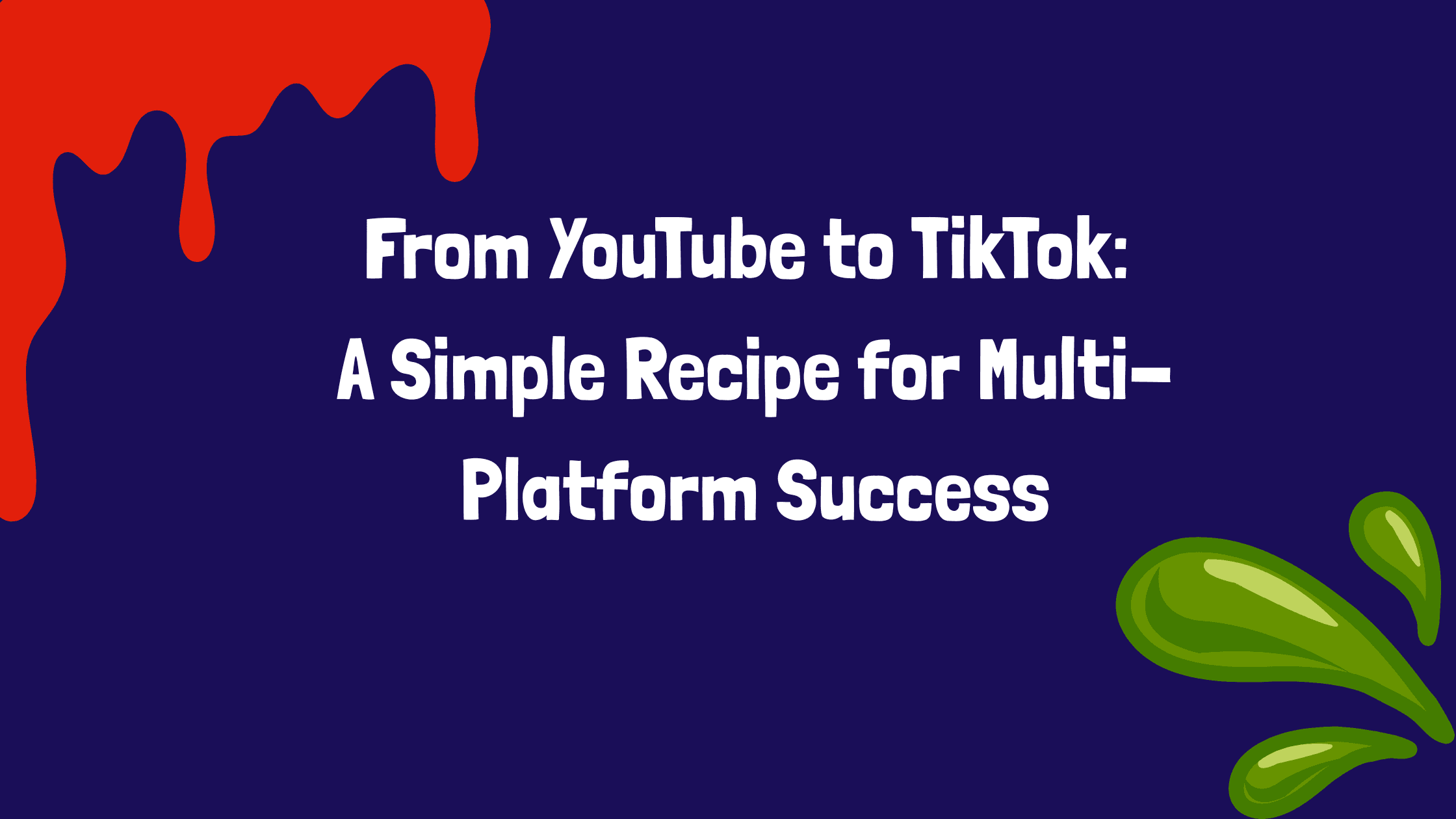WhatsApp Ads: The Platform’s Biggest Plot Twist
Sep 28, 2025
4 min
WhatsApp has always been the “safe zone.” No endless scroll, no algorithm messing with what you see, no flashing “sponsored” labels between your cousin’s baby photos and your group chat about weekend plans. It was simple: a messaging app. That’s about to change.
Meta just confirmed what many suspected: ads are coming to WhatsApp. Not hidden in some corner either, right in the “Updates” tab, alongside Status and Channels.
Why You Should Care
Because this is more than just a design tweak. It’s a philosophical shift.
The untouchable is getting touched. For years, WhatsApp was the last Meta product without ad clutter. That’s over.
Audience goldmine. With more than 2 billion users globally, brands suddenly get direct access to one of the most personal apps on your phone.
Cultural impact. In markets like India and Brazil, WhatsApp isn’t just chat, it’s commerce, community, even customer service. Ads here won’t be background noise; they’ll be front and center.
Sounds great for brands, right? Not so fast. People don’t open WhatsApp to shop. They open it to connect. If the first thing they see is an ad instead of their friend’s new status, that “ugh” moment could be real. And in messaging, trust is everything. Lose it, and you lose users.
How to Get Involved (Without Becoming the Villain)
Respect the space. Think relevance, not interruption. Your ad should feel like a natural extension of how people already use WhatsApp.
Think utility, not vanity. Discounts, updates, service, ads here need to feel useful, not just flashy.
Test local first. In countries where WhatsApp is the internet, ads could work differently than in markets where it’s “just another app.”
What This Means for Marketing
This isn’t just another ad slot, it’s a whole new frontier. Done right, WhatsApp ads could open intimate, high-trust touchpoints with customers. Done wrong, it’s a fast track to “why is my favorite app turning into Facebook Lite?”
For creators and brands, the challenge is the same: blend into the conversation without breaking it. If your content feels like a friend dropping in with something worth hearing, you win. If it feels like spam, you’re out.



